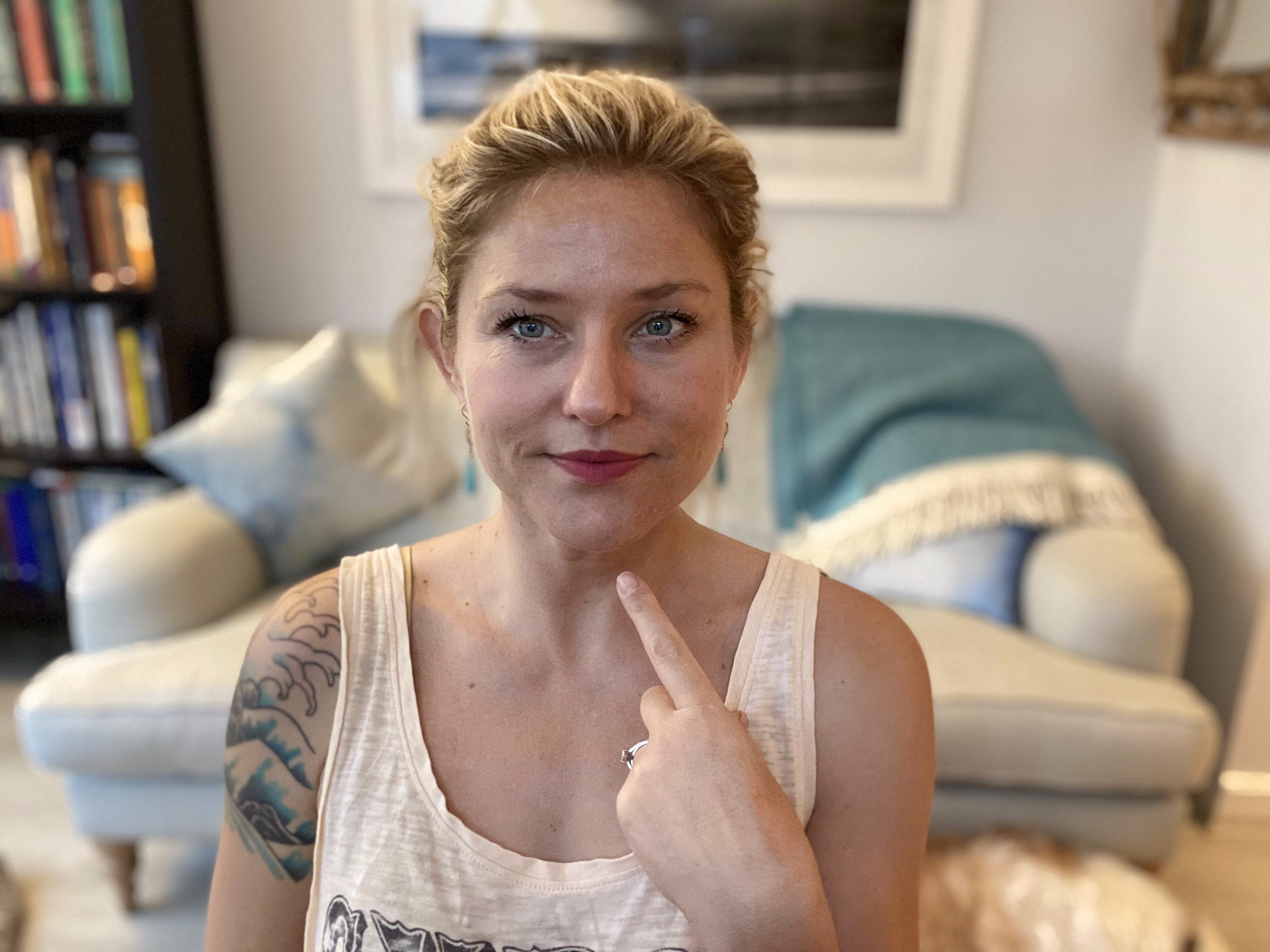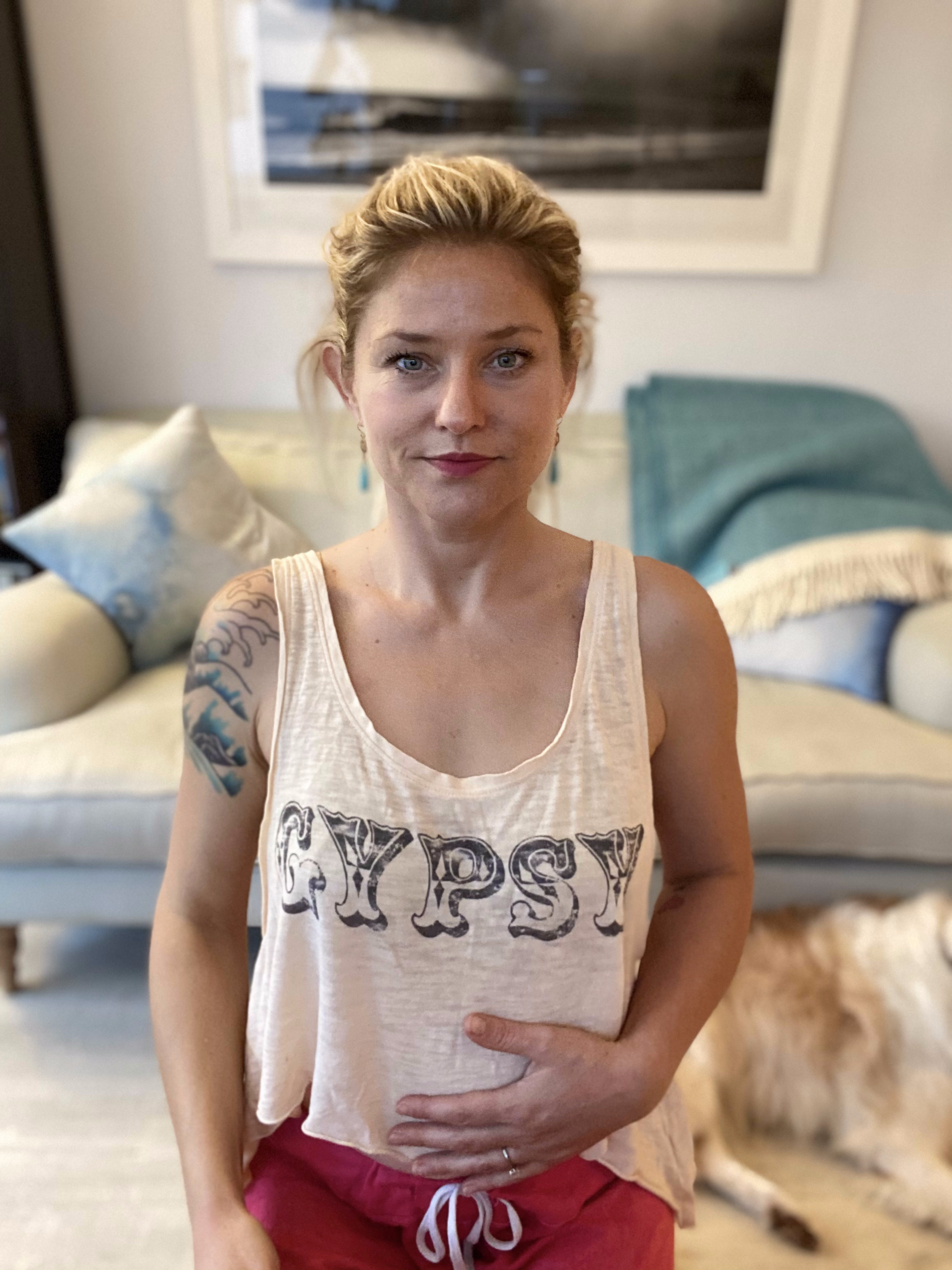Anxiety is affecting more people than ever now that we’re entering a second national lockdown. Instead of holding our breath and waiting for times to return to what they were before COVID, we need to learn to breathe our way through it. We can’t control when we’ll see the end of this pandemic, but we can control our reactions to the effects of it. We can do this by starting at the very basic level of human existence – our breath. Pranayama (breath work) is a yoga technique. Practicing yoga is not so much about bending oneself into pretzels! It begins with the breath (Pranayama). Without pranayama, yoga sequences are just exercise.
How are you breathing at this moment? Notice, if it’s shallow or deep. Are you panting in and out of the chest or are you breathing right down to your belly? We take around 18-20,000 breaths a day; spending just a few minutes a day consciously breathing has numerous ways of helping the body at a time of uncertainty.
A little mindful breathing every day will help us to become more in touch with our bodies, benefiting our brain and nervous system. Don’t just take my word for it – it’s a scientific fact! Our brains hate uncertainty! Prefrontal cortices are set up to help us review previous experiences and plan for the future. Without a previous experience to refer to like COVID-19, it only increases the anxiety.
Somewhere along the line, we forgot how to breathe correctly. We run around like headless chickens, losing connection with ourselves. Nothing is more important or urgent than our mental and physical health. Here are 3 types of breath work to help reduce our anxiety and calm the nervous system.
1. Ujjayi Breath (Known as the ‘victorious breath’)

- Inhale through your nose, and then exhale slowly through a wide-open mouth.
- Inhale again and this time direct the out-going breath slowly across the back of your throat with a drawn-out HAAAA sound.
- Now, as you both inhale and exhale through your nose, direct the breath again slowly across the back of your throat like before and this will generate a hissing sound.
- Balance your inhalations and exhalations.
(This pranayama should also be used throughout your yoga practice to regulate and slow the breath down, sending energy to the places that need it.)
2. Kapal Bhathi (This technique also helps to detoxify.)

- Sit in a comfortable seated position with a straight back, hands resting on the knees.
- Breathe naturally and close the eyes.
- Inhale and as you exhale, contract the abdominal muscles.
- Repeat. Inhales should remain natural with no effort. (Try not to move your head, neck, back and shoulders.)
- Do 10 rounds.
- Then normalize your breathing again
3. Nadi Shodhna (This alternate nostril breathing rebalances our bodies)

- Sit in a comfortable seated position with a relaxed back and close the eyes.
- Take the right hand and hold the palm facing you.
- Place the thumb over the right nostril and the ring finger ready to cover the left nostril.
- Inhale through the left nostril and count to where this inhale ends.
- Close the left nostril, releasing the right nostril and exhaling.
- Inhale through the right nostril, counting to the same number as the previous inhale.
- Exhale through the left nostril. This concludes the first round.
- Repeat for 5-10 rounds.
- When it is comfortable to do so, increase the breaths gradually to reach a count of 10 on the inhale and 10 on the exhale.
Another tip is to remember to breathe through our noses instead of through our mouths. This provides us with a range of benefits. As we breathe, tiny hairs in our nose filter out dust, pollution and bacteria. We also take in up to 20% more oxygen into our bodies if we breathe through our nose, instead of our mouth. Try these techniques, especially when you don’t feel like it – because that is when you need them the most!
To book my online classes, click here and click the link in my bio.





